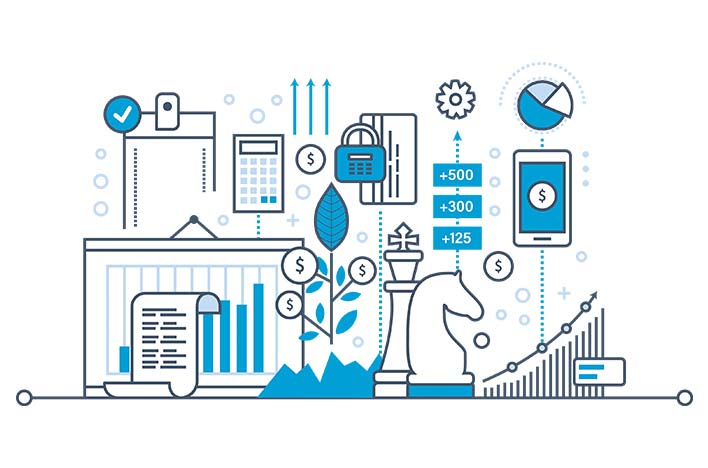A quick search on Google and you will find millions of entries on the topics of pricing psychology and pricing strategies. I have elected to recap strategies that, at the very least, most retailers should consider to determine price.
In a practice still prevalent today, the retail price of an item is often determined by a buyer or receiving person applying a formula to the landed cost of an item in order to determine what it should sell for. Should cost really be the determining factor in what a customer is willing to pay? Does cost have anything at all to do with perceived value? Of course not, yet we see this all the time.
I have questioned retailers about this topic for years and always get the same responses. Most typical are “double the cost and add $2 (supposedly to cover shipping),” or “multiply the cost by 2.2.”
One strategy that I have used with buyers at market was to determine the selling price prior to knowing the cost. To do this effectively, a retail buyer must answer the question, “What will our customers be willing to pay for the item?” Once the cost is revealed, a determination can easily be made if the item fits within the company’s markup strategy or does not.
Let’s discuss some additional strategies that you might consider as you determine price going forward.
Remove the comma // Research has found that removing commas may make the price seem lower. For example, $1,499 vs $1499.
Round price // Round prices are more fluently processed as opposed to non-rounded price points. Consumers can process a round price quickly. Non-round prices need more mental resources to process. Round prices are also more effective for emotional purchases, with this caveat: Try when possible to avoid price intervals like $100 or $500, as the assumption may be that they are artificially high and plucked out of thin air.
Use of a premium price to set an expectation of excellence // The iPhone X selling for between $999-$1,149 is significantly higher than past models. Approaching or breaching the $1,000 threshold is noteworthy. Boosting prices into the four-digit realm crosses an important psychological barrier.
Here’s another example that you may remember. In 1994, after a 14-year hiatus from their 1980 well-publicized breakup, The Eagles released a new album and embarked on a world tour. What was unique was that they were the first rock-and-roll band to break the $100 ceiling for concert prices. Eagles manager Irving Azoff stated that this had nothing to do with supply and demand, but rather a statement of quality. Fans would once again get to see and hear a great American rock-and-roll band, not a washed up “oldies” show. This was a fascinating use of price as it set a belief of excellence in the mind of the consumer. I saw this show … and it delivered!
Discount pricing // This is the high/low pricing strategy. Was $70, now $35. You save $35. It is important when using this strategy to frame the sale around the savings versus the amount being spent.
Reduce the pain of paying // Uber revolutionized the taxi industry. With traditional taxi rides, you watch the meter increase with each minute stuck in traffic or each mile traveled. This evokes a painful sensation. With Uber, you know what the trip will cost before you start, and it’s billed right to your credit card. The perception of payment is also distorted by the use of gift cards and casino chips, two additional payment methods have that have created a separation between the customer’s money and the payment.
Remove the $ // $$$ can remind some people of financial pain. Ever notice that some restaurants are now pricing menu items
without the $?
The next time you are tempted to slap up the 25 percent off sign and call it good, remember that percentage-off pricing is irritating to the customer. It is tremendously overused and less profitable to the retailer.
The psychology of pricing is a fascinating topic. I would encourage all retailers to experiment with a few of the points discussed in this article. You might discover a more profitable way of pricing your products.

